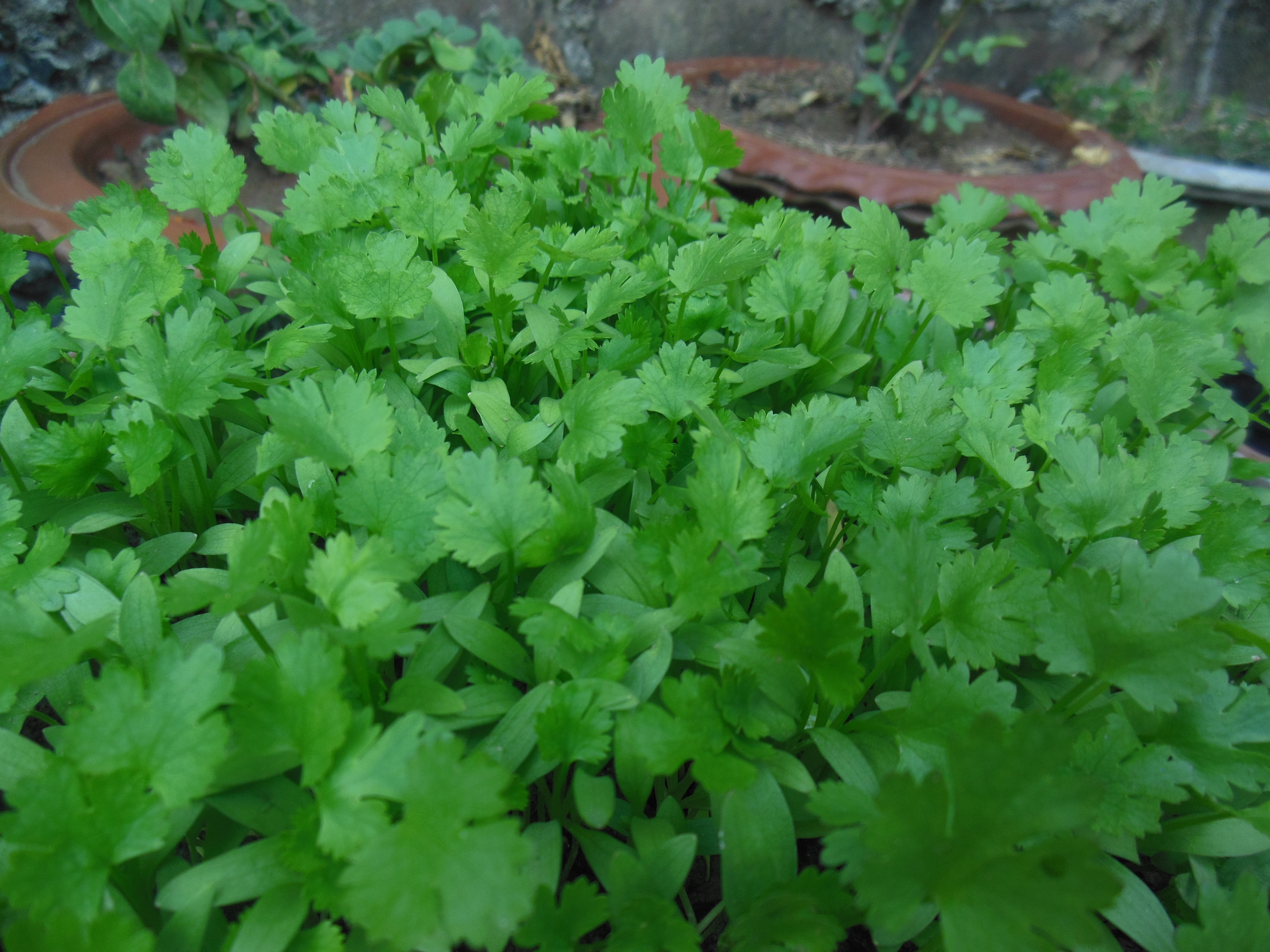1. Desert
2. Dry
3. Sun
4. Hot
Yes, that is four, but you can't mention Arizona without mentioning heat!!!
4. Hot
Yes, that is four, but you can't mention Arizona without mentioning heat!!!
But, after living here for 20 years you learn some things. You learn to NEVER leave a soda in the car during the summer, you ALWAYS enjoy the rain, and eventually you will adapt to the heat... for the most part.
Another thing that may seem out of the question in the Valley of the Sun but is also just a matter of adapting to your surroundings is to
A lush green landscape and crops may seem like a dream, but with help from masters with years of experience, your own trial - by - error, and a helpful blogger who is willing to share their resources, you too can have the garden of your dreams!
So first thing is first. This is my #1 guide to pretty much growing everything in Arizona. It was put together by The University of Arizona and includes everything from soil preparation, irrigation guide, and a vegetable planting guide that includes the perfect time to grow for your elevation. It also covers my favorite way of gardening, container gardening, I like this way for only one simple fact, mobility. When it gets hot I can move my plants from the sun, or into the rain, depending on the weather and time of year.
From a first-hand experience here are a few fruits, vegetables, and herbs I have successfully grown
A lush green landscape and crops may seem like a dream, but with help from masters with years of experience, your own trial - by - error, and a helpful blogger who is willing to share their resources, you too can have the garden of your dreams!
So first thing is first. This is my #1 guide to pretty much growing everything in Arizona. It was put together by The University of Arizona and includes everything from soil preparation, irrigation guide, and a vegetable planting guide that includes the perfect time to grow for your elevation. It also covers my favorite way of gardening, container gardening, I like this way for only one simple fact, mobility. When it gets hot I can move my plants from the sun, or into the rain, depending on the weather and time of year.
From a first-hand experience here are a few fruits, vegetables, and herbs I have successfully grown
BASIL

OREGENO

CILANTRO
STRAWBERRIES
PEPPERS
TOMATOES
Many more plants can and have been grown in Arizona, even the low desert. Something good to know is how to keep out any unwanted sun..
Equally important is plant nutrition, ways to make sure it's healthy and how to promote a healthy lifestyle in your plants.
First testing PH balance for alkaline and acidity levels
And what foods to add to benefit soil and the plants
| Egg Shells |
| Coffee grounds |
Whatever your tastes are for, however green your thumb, growing a garden with fruits and vegetables you love is not so far fetched as it may seem. See what works for your, your yard, and especially your time and always remember one thing... HAVE FUN!!!!








